Unlike in Scotland, everyone here in Norway pays for prescription medicines and visits to the doctor, nobody gets free public transport, and you have to pay tolls on many roads. In other words: no free lunch.
In another aspect, however, it seems things are reversed between the two countries.
I read horror stories in the UK press of how folk cannot afford to pay for childcare, or preschool nursery education. Earlier this month, The Press and Journal reported that parents in New Deer were at risk of losing their last local childcare facility, with wide-ranging effects for the community. According to The Scottish Sun, last March, the cost of full-time childcare for under-twos in Aberdeenshire was a staggering £1,341.98 per month.
It has to be said that 30 hours a week of government-supported, free childcare are available for three and four-year-olds in Scotland, and those under three are offered 15 hours a week. However, this is very deceptive.
In many cases, nursery schools are not receiving enough, or any, government assistance to provide the free 30 hours. This means they have to increase their prices, and almost half the parents cannot find a nursery school which can offer the free 30 hours a week. A shortage of subsidised full-time nursery school places means many parents have to pay the full whack.
The government in Norway has made a huge effort to make childcare for those aged between one and six affordable and available for all. In Oslo, 40 hours of full-time nursery school care per week are available to over 90% of eligible children, at a cost to parents of £220 a month (to be reduced to £150 a month in August 2024). This, of course, required a massive government subsidy.
Improve childcare, increase the workforce
In Oslo (a city a wee bit bigger than Glasgow), the council spent millions in 2023 on providing 35,000 nursery school places, at £ 16,000 per place. This amounted to an 88% subsidy. This, of course, enables both parents to work or study full-time outside the home, and for single parents to do the same.
About half of Oslo’s nursery schools are private, and half are run by the municipality. But everyone gets the subsidy.
Thus, Norway’s preschool education is one of the most highly subsidised in the world. It achieved 90% nursery school coverage almost 20 years ago, and it was a very conscious policy decision, in order to increase the size of the working population by releasing women to work or study full-time.
a friend of mine was told by a nursery to submit her nursery placement form for her unborn child after leaving the labour ward on her way to the maternity unit 💀 can you imagine?? it is obscene that access to childcare in the UK is this difficult @PregnantScrewed
— Marisa Bate (@marisajbate) March 28, 2024
Like Scotland, Norway had a diminishing workforce, and was determined to increase it. This arrangement creates a more highly qualified workforce, and increases the number of taxpayers and tax revenues.
A failure to provide universal affordable preschool education cannot be good for any country. A report by UK campaign group Pregnant Then Screwed found that over half the women they interviewed who had previously had an abortion said a major reason was the cost of childcare.
Many women were forced to abandon careers or studies to care for their preschool-aged children. In multiple cases, with costs of over £1,000 a month, preschooling was prohibitively expensive.
Scotland needs all the people it can get
Of course, the basic question must be: how on earth can Scottish local authorities afford to subsidise preschool places to the tune of £16,000 a year per child, as Norway does? Maybe it’s OK for Norway, with its huge oil fund, to do so? But it is not as simple that for Scotland.
The population is decreasing, and the country needs all the folk it can get – and qualified ones, at that. There is talk of increasing immigration, but Scotland has no control over that. It is certainly not going to get a bigger workforce unless it releases more people from childcare duties.
As an outsider, I find it strange that Scotland provides free public transport access to over 40% of its population (those under 22 and over 60). An awful lot of these people will have cars and never use public transport anyway.
And can’t one of Scotland’s five million folk afford to pay anything for medical services as we do in Norway? While thousands of young families struggle to pay for preschool childcare?
Originally from Scotland and now living in Norway, Mike Fergus is a retired consulting economist and partner in a Norwegian consulting firm

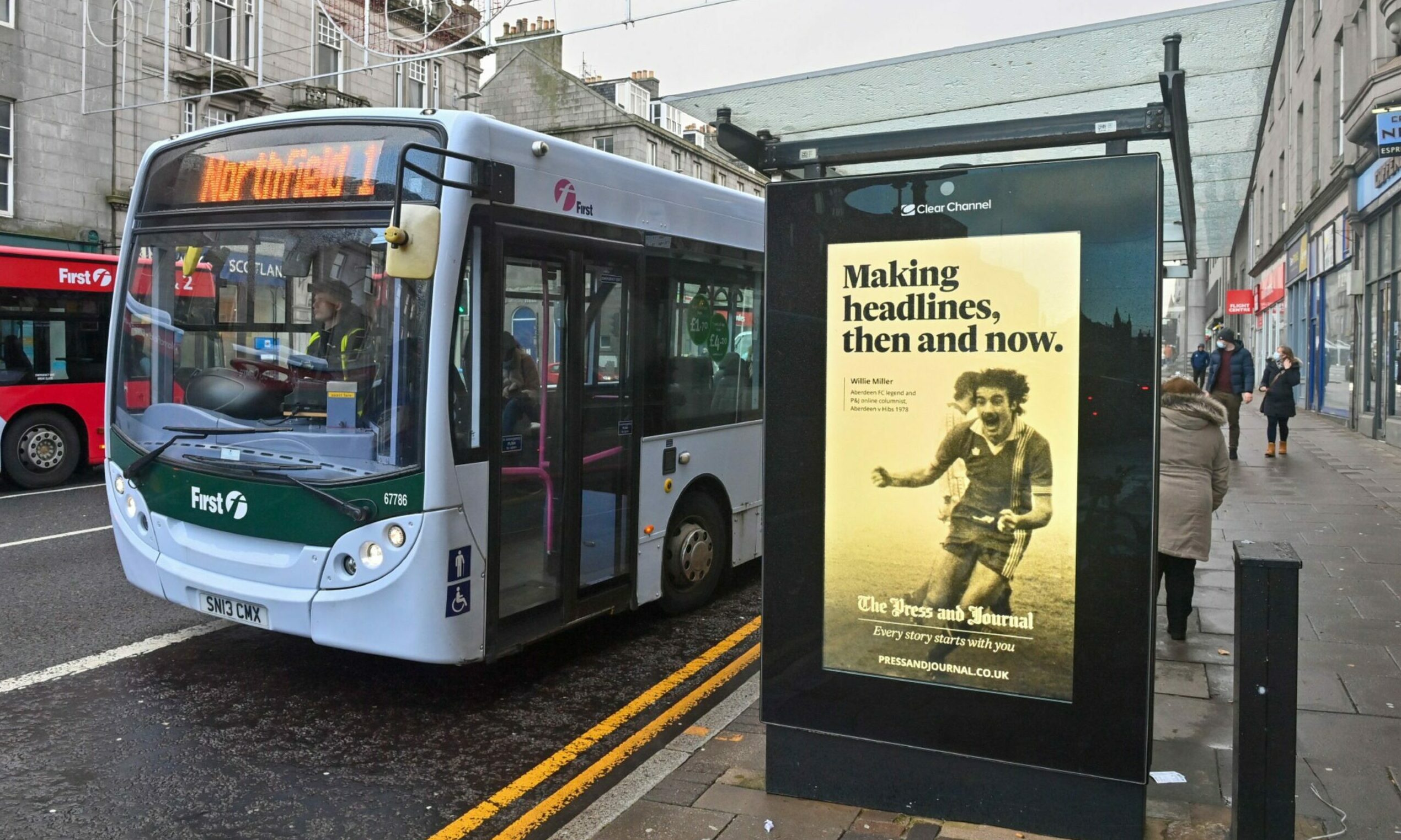
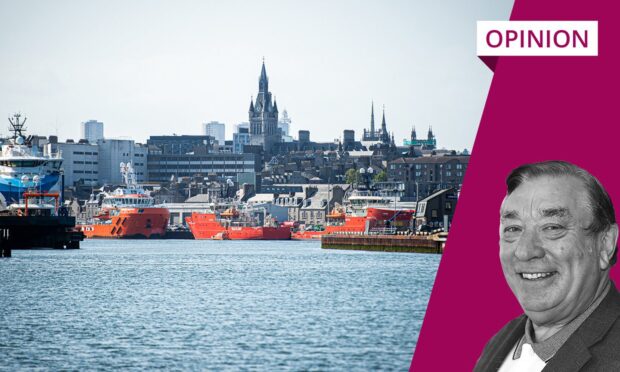
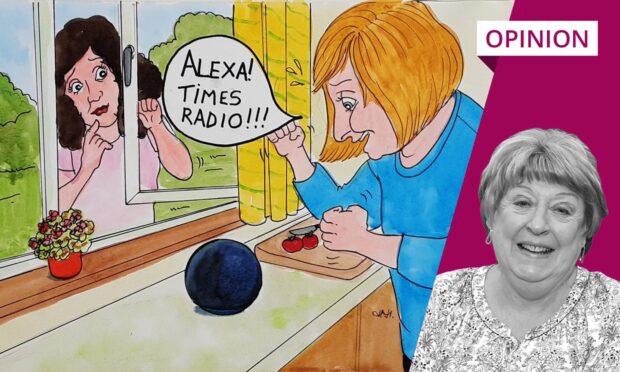
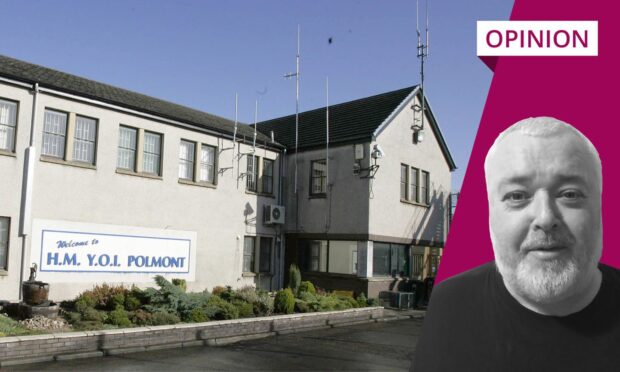
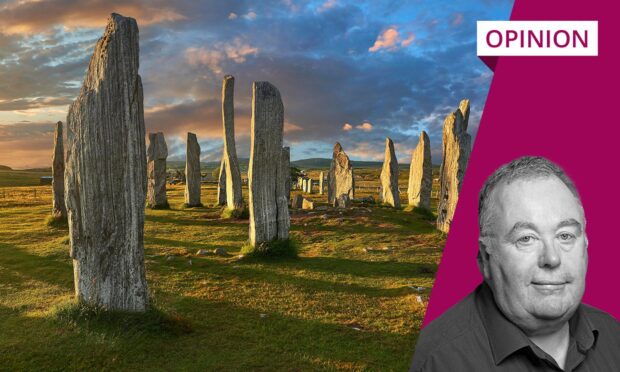

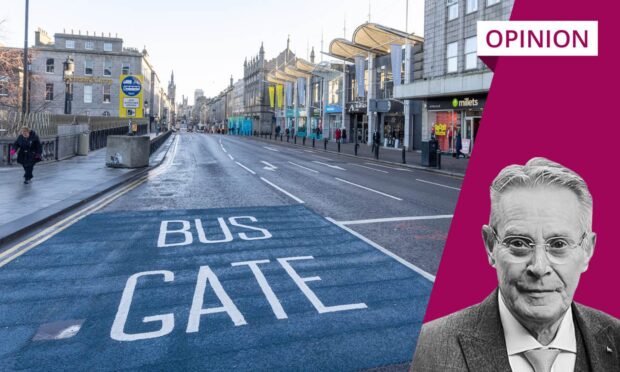
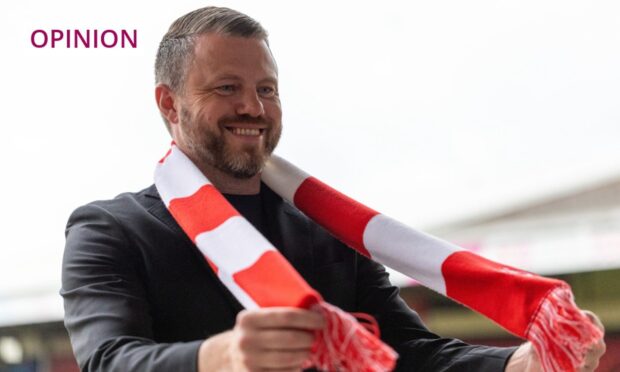
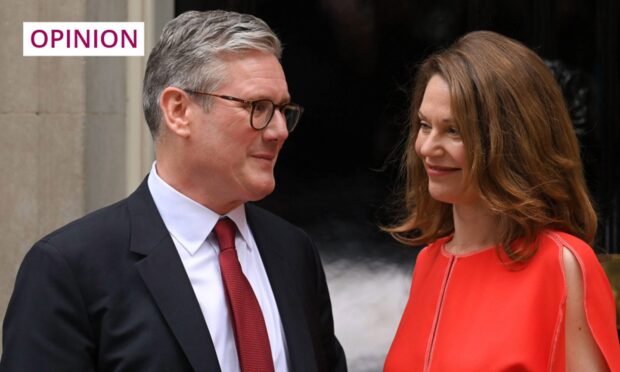
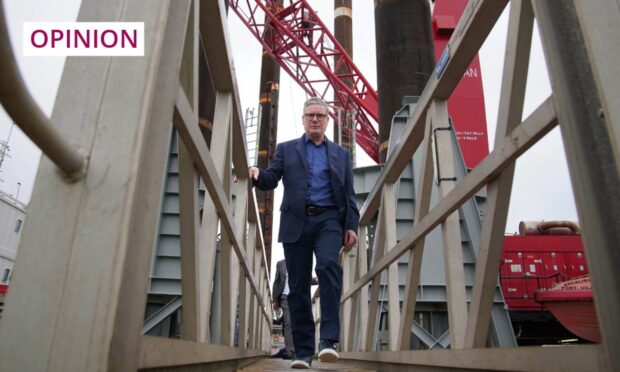
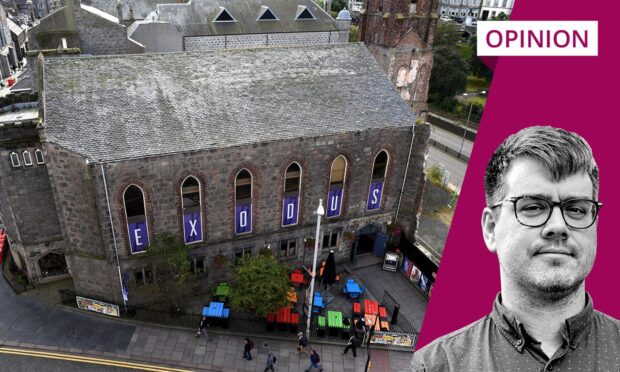
Conversation